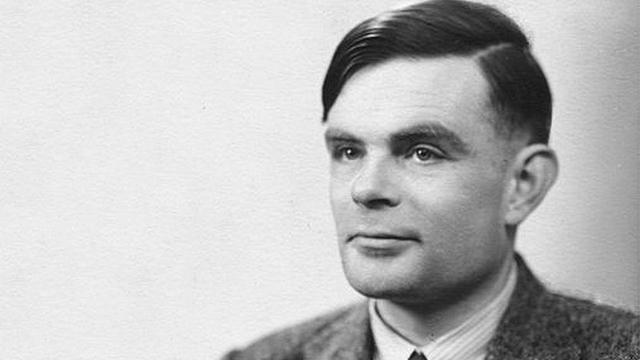This animated film comes at the end of the Michigan Theater’s Ghibli Studios series. Directed by Isao Takahata, whose other works include “Grave of the Firefiles” and “Pom Poko,” the movie has a different style than most other Ghibli Studio films. It is drawn in a sketchy style and the colors are subtle as if painted by watercolors. The soundtrack is also noticeably delicate and playful as if the music is in reaction to the animation. The tale is taken from a Japanese folktale and begins with the birth of a little girl from the stalk of a bamboo. A bamboo cutter is the one who finds her and he and his wife take her in and raise the girl as their own. Amongst other tales, this one has similarities with the story of Thumbelina, but the similarities end there. The girl, unlike Thumbelina, grows up faster than a normal child. She is nicknamed “Little Bamboo” by the other children in the village because she grows so quickly.
The father suddenly decides that there must be a better life that awaits his daughter. Living in the country she grows up with the wildlife, helping out with the gathering food, and exploring the forests with her friends. But as her childhood ends her father is determined to make his Little Bamboo the princess she deserves to be. After receiving piles of golden nuggets from a bamboo stalk, he interprets this as a sign from the gods to make his daughter a better life in the city and to have her become educated as a royal. Little Bamboo leaves her care-free life in the country to pursue the life her father wants for her. For the love of her father, she learns the manners and customs of the nobility. It seems a self-fulfilling prophecy is being made as, under her father’s instruction, Little Bamboo becomes the most beautiful and desirable lady in the kingdom and is referred to as princess. Little Bamboo’s happiness has been taken away in the carries on day to day life with disinterest. She tries to spend all of her time in the kitchen, the one part of her new house that she feels comfortable in, but the world around her always comes around and compels her to come out again.
Her struggle in this world stems from the story of why she came to be in the bamboo stalk, a story that is not revealed until the end. It is only through the telling of her own story does the current world make sense and the world she knows ceases become reality and more like a folk tale. It is interesting to examine the reasons behind how such a story was written. Not that there must be a lesson to every folk tale, but after seeing this movie I came away wanting to cherish those feelings and relationships earned from stories more than ever, because though they are fictional they are unique and it is important to recognize this and understand the power stories can have.
Trailer: https://www.youtube.com/watch?v=tM6hcHp0_kU





